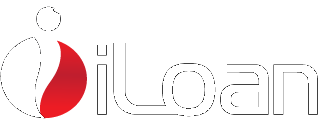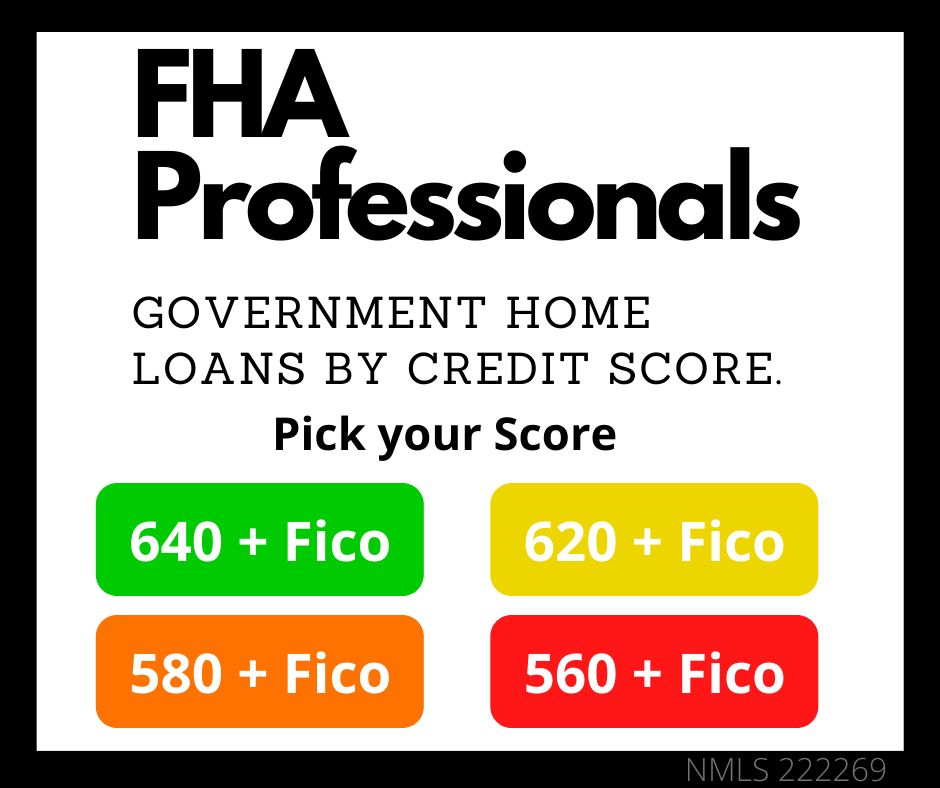Conventional Loan Guide
“Unlock the Power of Conventional Mortgages with iLoan!”
Conventional Home Loan Guide
Welcome to Your Guide to Conventional Home Loans
Understanding Conventional Home Loans
When it comes to financing your dream home, a conventional home loan is often the most straightforward and popular choice for many homebuyers. These are mortgage loans offered by private lenders and are not insured by the government. They are ideal for borrowers with a stable income, good credit history, and the ability to make a down payment.
What Sets Conventional Loans Apart
Eligibility and Requirements
- Credit Score: Typically, a credit score of 620 or higher is preferred.
- Down Payment: Minimum down payments can be as low as 3% for qualifying borrowers, though 20% is standard to avoid Private Mortgage Insurance (PMI).
- Debt-to-Income Ratio (DTI): Lenders usually prefer a DTI ratio under 43%.
- Loan Limits: These loans follow limits set by Fannie Mae and Freddie Mac. Limits can vary depending on the area.
Types of Conventional Loans
- Fixed-Rate Mortgages: Offers a constant interest rate and monthly payments that never change.
- Adjustable-Rate Mortgages (ARMs): Has a fixed interest rate for a certain number of years, after which the rate can change periodically based on market trends.
Advantages of Conventional Loans
- Versatility: Suitable for a variety of properties including primary residences, vacation homes, and investment properties.
- No Private Mortgage Insurance (PMI): If you make a 20% down payment.
- Higher Borrowing Limits: Compared to government-insured loans.
- Flexible Terms: Typically range from 10 to 30 years.
Questions Call (888)416-4805
Get cash from your home.
Apply to see how a cash out refinance can help you.
Homebuyer Seminars
Discover the keys to homeownership at our local home buying seminar – your first step towards securing your dream home!
See our home loans.
Explore our diverse range of home loan programs tailored to fit your unique needs!
How to Get Started
- Assess Your Financial Health: Check your credit score, calculate your DTI, and determine how much you can afford for a down payment.
- Pre-Approval: A pre-approval letter from a lender can give you an idea of how much you can borrow and shows sellers you’re serious.
- Shop Around: Compare interest rates, fees, and terms from multiple lenders.
- Gather Necessary Documents: Be prepared with recent pay stubs, tax returns, bank statements, and other financial documents.
- Apply: Once you choose a lender, fill out the loan application and provide any additional information requested.
Conventional Loan FAQs
Q: Is PMI required for all conventional loans? A: PMI is typically required if your down payment is less than 20%, but you can request to have it removed once you reach 20% equity in your home.
Q: Can I qualify for a conventional loan with a lower credit score? A: It’s possible, but expect higher interest rates and a larger down payment requirement.
Q: Are there limits to how much I can borrow? A: Yes, conventional loans follow limits set by Fannie Mae and Freddie Mac, which can vary by region.
Conclusion
Conventional home loans offer flexibility and competitive terms, making them an excellent choice for many homebuyers. Understanding their features, benefits, and requirements is crucial in determining if this is the right type of loan for you. Consult with one of our mortgage professionals to explore your options and make informed decisions about your home financing.
Do you need a Pre-Approval?
We are here to help! Get a same day pre-approval to shop for your dream home!
Mortgage Resource Center

FHA Debt Refinance Benefits 2024
Refinancing debt using an FHA loan is a strategy that has gained attention, especially among homeowners seeking to consolidate their debt in a Read more
Cashout Refinancing and Benefits
Cash-out refinancing is a financial strategy that homeowners often use to access the equity they've built up in their homes. It involves Read more
Unveiling the FHA Streamline Refinancing Program:
Unveiling the FHA Streamline Refinancing Program: A Homeowner's Guide Introduction Welcome to our comprehensive blog Read more



